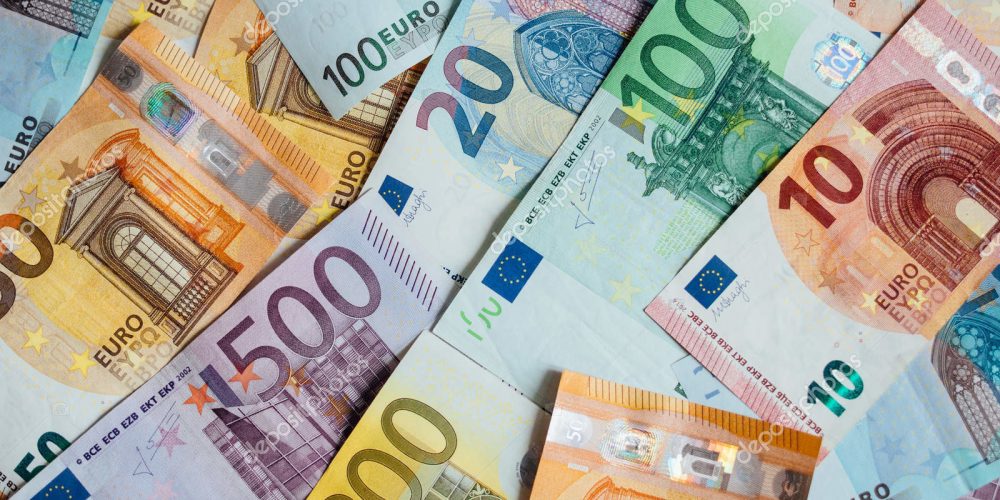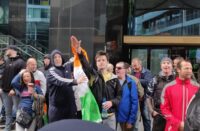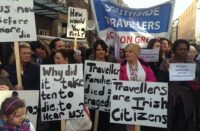A recent study by the Think Tank for Action on Social Change (TASC), The State We Are In: Inequality in Ireland Today, throws up a lot of interesting facts about life in Ireland.
The survey points out that Ireland’s low union density leads to low pay and high rates of poverty and deprivation. Another factor is that the coverage of collective bargaining is very low, at about 30 per cent, whereas Austria, Belgium, Finland, France and Sweden all have a level of 90 per cent or more. Consequently, the standard of living in those countries far exceeds ours.
Low levels of bargaining power lead to high levels of pay inequality, as the bosses at the head of the table look after themselves first and give themselves and their cronies the lion’s share.
“Low pay” is categorised as less than 60 per cent of the median gross (pre-tax) wage. Workers in this category are also considered to be at risk of poverty. 24 per cent of all workers in Ireland are on low pay. This puts us at the third-highest level within the European Union; only Romania and Latvia have a greater proportion on low pay. Together with this, labour costs for employers (i.e. wages plus employer’s PRSI) are well below average.
The state also subsidises low pay through family income and child support, along with jobseeker’s allowance, for part-time workers. Despite this, many workers are still unable to afford the rents demanded by the landlord class—so the state subsidises rents in those cases, which costs it close to €1 billion every year. This money goes straight into landlords’ pockets.
Enda Kenny certainly lived up to his promise to make Ireland “the best little country in the world to do business in”; for it is a win-win for the owners of capital.
Inequality is driven by the gains of the wealthiest 10 per cent of earners, at the expense of the bottom 40 per cent. Since the end of the Second World War, when capital was forced to compromise with labour in order to rebuild industry and infrastructure, wage inequality fell steadily, right up to the 1980s, when inequality began to increase and union density began to fall. With the introduction of “social partnership” and anti-union legislation in the 1990s, inequality went into overdrive as capitalism truly entered its highest phase, imperialism.
In 1975 the wealthiest 1 per cent shared 6 per cent of total income, while the wealthiest 10 per cent shared 29 per cent. By 2009 this 1 per cent had grabbed 11 per cent of all income and the top 10 per cent had bagged 36 per cent. Well over a third of all earnings were taken by the top 10 per cent; and this inequality continues to rise, despite the global financial crash. Between 1975 and 2009 the take of the top 1 per cent almost doubled, while that of the top 10 per cent increased by 25 per cent.
Nobody is more greedy than the richest elite. The share of the wealthiest 1 per cent is now over 12 per cent, and rising; which all goes to prove that austerity did work for those who designed it.
It is also worth noting that all these figures have been collected voluntarily; so we can see that our highest earners are not always willing to admit to the true levels of income. According to the Revenue Commissioners, the top 1 per cent of earners account for 11½ per cent of income; and this excludes income transferred offshore or otherwise shielded from the tax net, which would produce higher inequality still.
The bottom 10 per cent of earners, on the other hand, only managed to achieve 3½ per cent of total earnings. Even if the bottom 10 per cent were all earning the same amount, this means that they would be earning one-third of average incomes.
60 per cent of all workers in Ireland earn less than the median wage. We live in a very unequal Ireland.
These figures explain a lot when it comes to answering the question, Why do the same parties, representing the same system, get re-elected, time and time again?
Neo-liberalism is a formidable opponent, as it creates a country of two halves: the haves and the have-nots. Half of all workers are doing comparatively well, as they share 90 per cent of the income. The top 10 per cent own 54 per cent of wealth. These are the ones who make the rules. But the wealthiest 1 per cent own the bulk of this and earn more than three times the rest of the top 10 per cent.
It is the top half who continually re-elect the gombeenmen of Fine Gael and Fianna Fáil, while the Labour Party props them up. The great majority of those who vote in elections come from this top 50 per cent of society; the poorest 50 per cent vote only in very small numbers, and many are not even registered to vote.
But the share of the top 50 per cent is being squeezed, as many in this group can no longer afford their own homes and other trappings that they once took for granted.
Greed is the foundation-stone of capitalism, and the wealth is becoming concentrated in fewer and fewer hands. The middle 40 per cent are what keeps them in power, and more and more of these are being forced into a cycle of debt and poverty.
It all goes to prove that under capitalism the labour of the many becomes the wealth of the few. Only system change will create a society where everybody shares in what we produce and people can reach their full potential.
Capitalism will be its own gravedigger as it forces more and more people into poverty.






